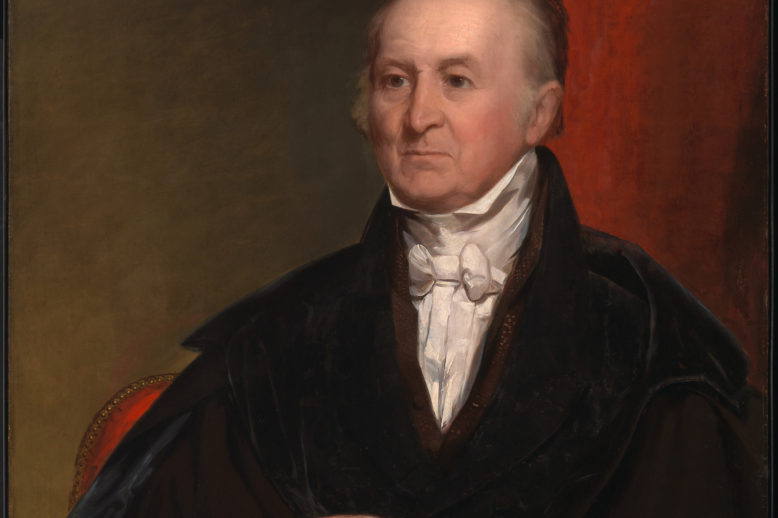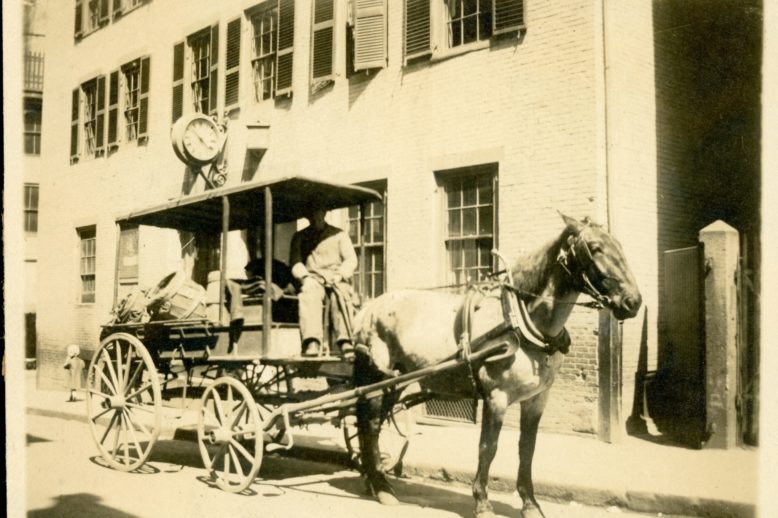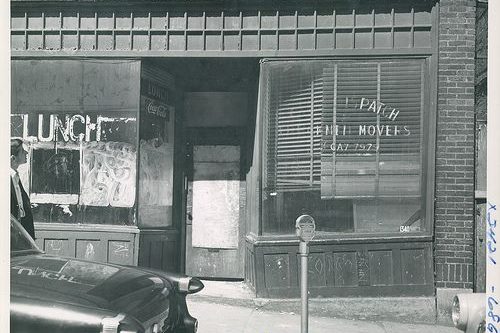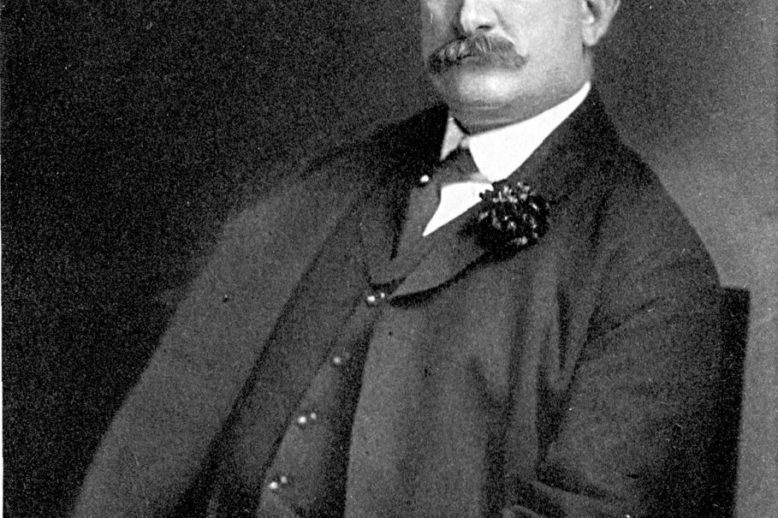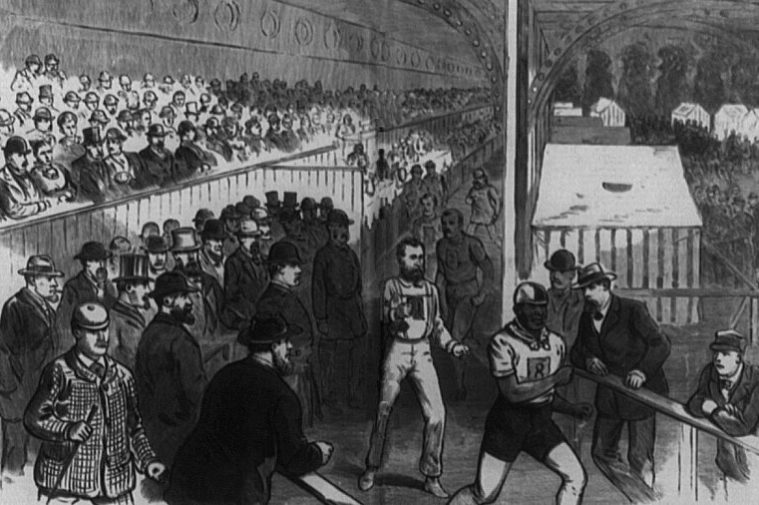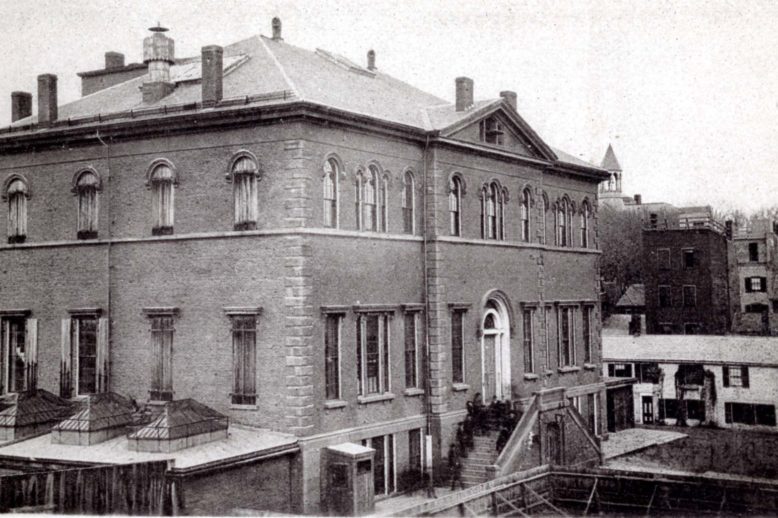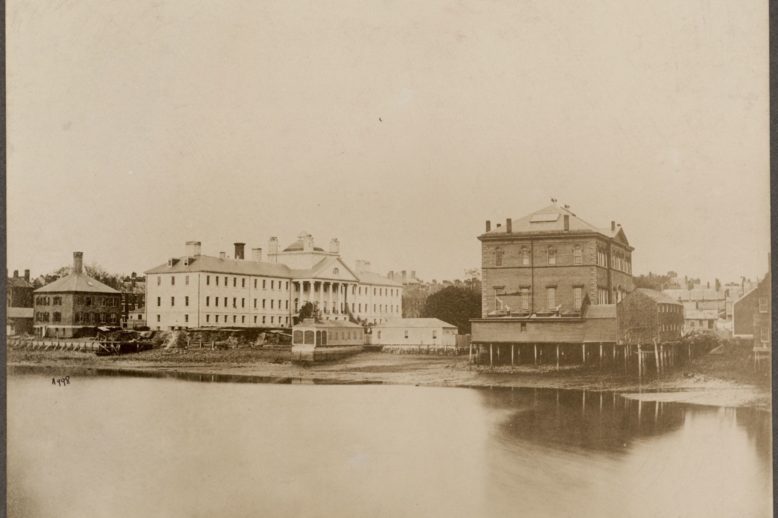Harrison Gray Otis and Sally Foster Otis
Harrison & Sally Otis Harrison Grey Otis was a major political and business figure in Boston during the Federalist Period. He is best known as a supporter of Charles Bulfinch, as Boston’s third mayor, and as a leader of the Hartford Convention. His wife, Sally, was a skilled socialite and hostess, who provided significant support for…


